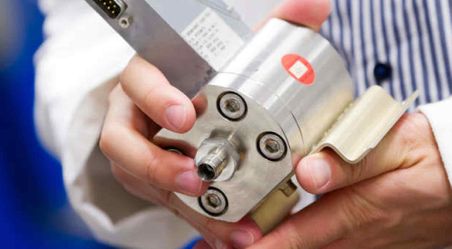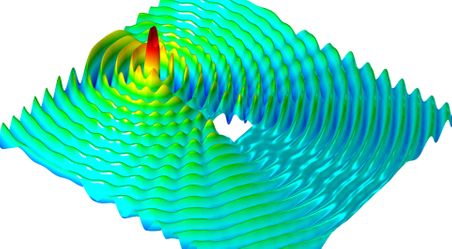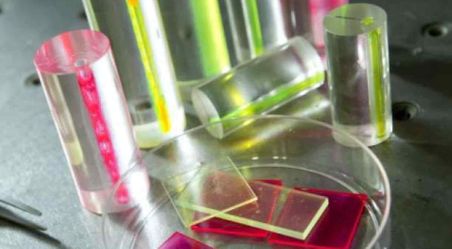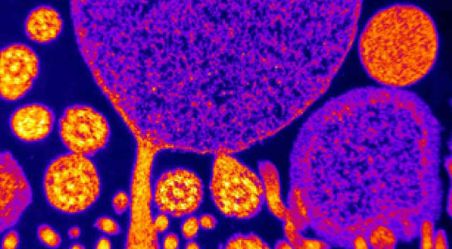Far-reaching, innovative research in engineering and science that will help us to advance our understanding and develop new technologies to create a more sustainable world for future generations. Find out more from the case studies below:
Row1

Making car batteries more reliable and calculable
Researchers from Imperial's Energy Futures Lab are working to decarbonise the UK transport system; monitoring batteries once installed in electric vehicles can be difficult, but our scientists and engineers may have a solution.
- Find out more about the lab's research into batteries
- View other case studies from the Energy Futures Lab

Converting light into electricity
Photovoltaic systems generate electricity from light. QuantaSol, a company spun-out from Imperial research, developed unique technology in the area of solar photovoltaics, delivering greater conversion efficiency, along with better spectral performance than competing cells.
- Find out more about QuantaSol
- Find out more about Quantum Photovoltaic research at Imperial

Metamaterials
Researchers from Plasmonics and Metamaterials have developed the Invisibility Cloak, which completely hides objects from electromagnetic probes; light is guided around the object to emerge travelling in the same direction on the other side, giving the illusion of perfect transparency.
- Find out more about The Invisibility Cloak
- Find out more about metamaterials and transformation optics
Row2
--tojpeg_1415028229135_x2--tojpeg_1494501352958_x4.jpg)
Metamaterials and transformation optics
Pivotal research from Imperial’s Chemistry department is now universally recognised as changing the working practice of conservators and curators and is now well established in the teaching and mentoring of heritage organisations around the world, including the Getty Museum, the British Museum, and the Museum of Modern Art in New York.
Find out more about Chemistry's work on the Mazarin Chest

Nanoco - quantum dots
Nanoco Ltd is one of just three companies in the world able to produce quantum dots – an extremely rare material that sells for $2m per kilogramme. Quantum dots have applications in backlighting for electronic displays (such as TVs, computer screens, tablets and smartphones), LED general lighting and thin film solar cells.
Find out more about Nanoco's research into quantum dots

Plaxica - Transformational lactic acid technology
Biopolymers are large molecules present in living organisms made up of many repeated components, such as DNA or proteins. Plaxica is developing a new generation of low cost biopolymers derived from renewable resources that are 100% bio-based, have a lower environmental footprint and are fully recyclable.
Find out more about Plaxica's research into biopolymers
Row3

QuantaSol - Photovoltaic solar cells
Using their unique, patented technology, QuantaSol manufactured world-leading photovoltaic technology, delivering greater conversion efficiency, along with better spectral performance than competing cells. QuantaSol was awarded Guardian CleanTech Top 100 awards in 2008 and 2009.
Find out more about QuantaSol's research into photovoltaic technology

Bio Nano Consulting
The company is the first consultancy in Europe to focus on the increasingly important intersection between bio- and nanotechnology, facilitating the development and commercialisation of new biomedical and nanotechnology-based techniques.
Find out more about Bio Nano Consulting
Support us
Help us continue our work by donating to the College and directing your donation to the Faculty of Natural Sciences.